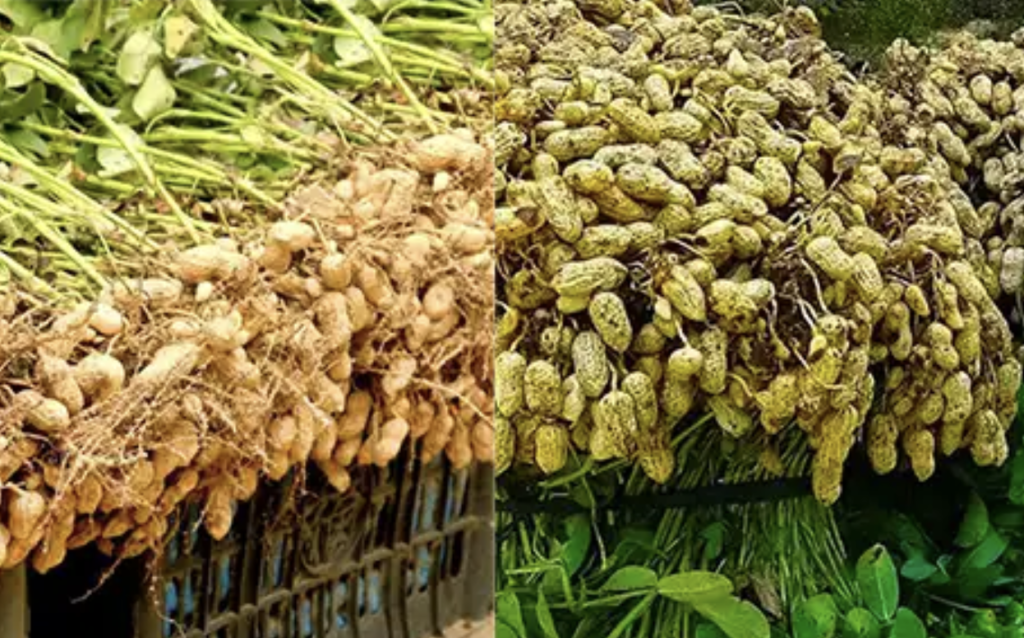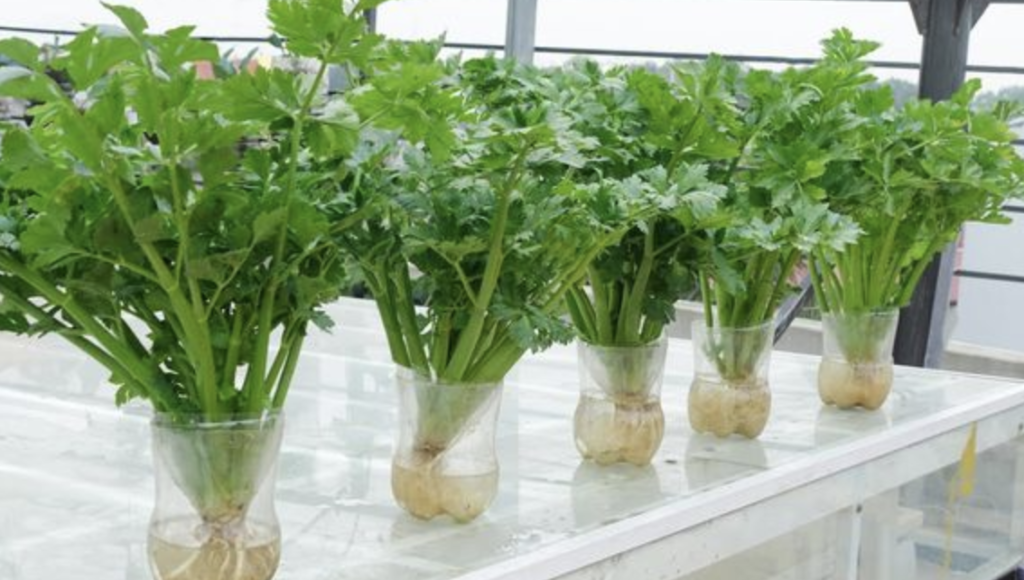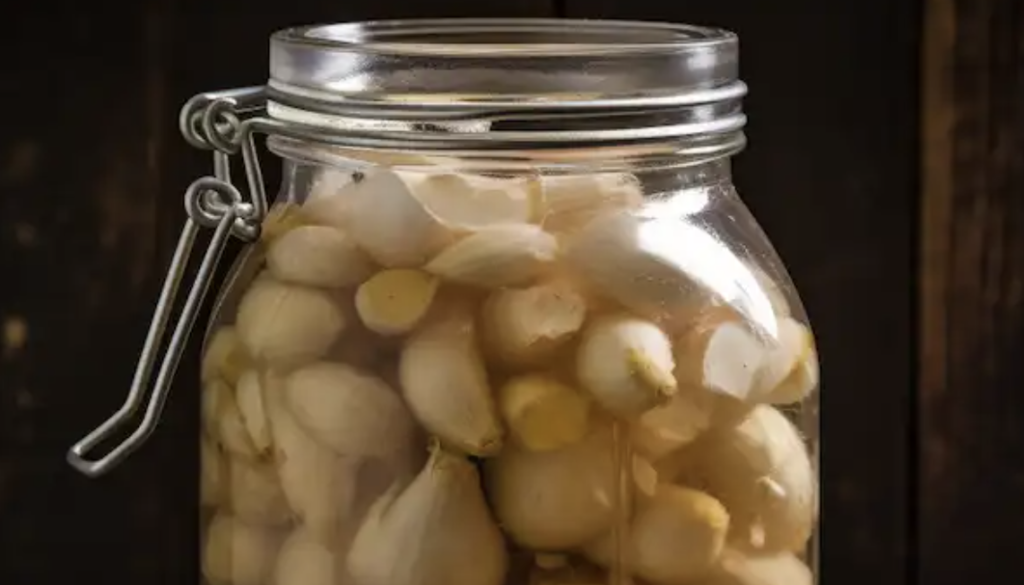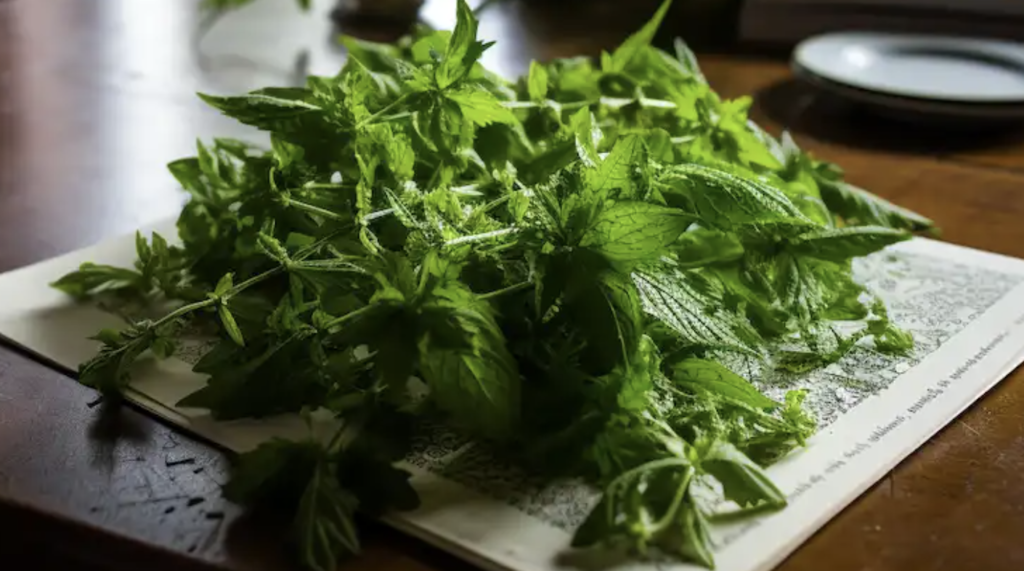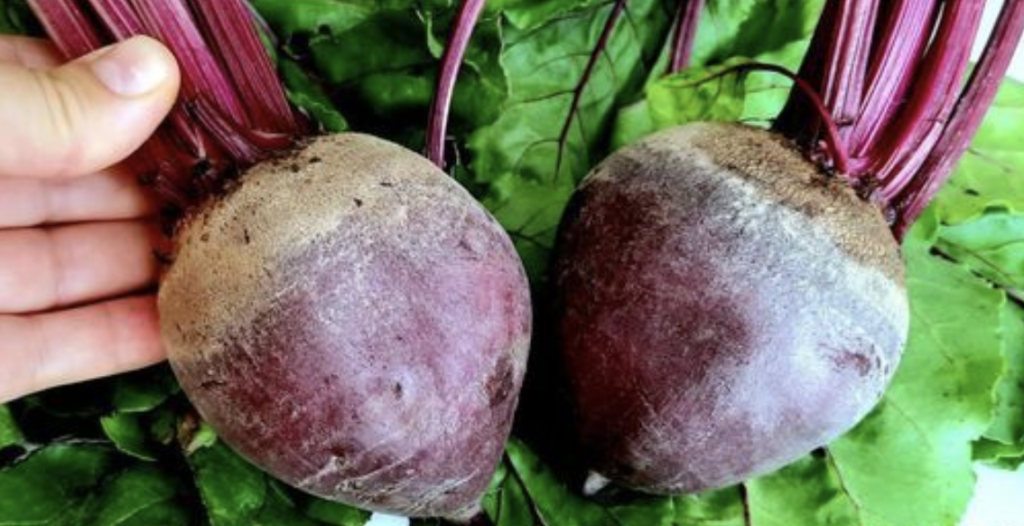Sweet potatoes are a delightful and nutritious addition to any home garden. Growing them in soil bags offers a convenient and space-saving solution, perfect for gardeners of all levels. Follow this comprehensive guide to successfully nurture sweet potatoes in soil bags and enjoy a bountiful harvest.
Essential Materials:
- Sweet potato slips: Young, rooted plants.
- Soil bags: Or large grow bags.
- Potting soil or compost: High-quality and well-draining.
- Watering can or garden hose: With a gentle spray nozzle.
- Fertilizer: Suitable for root vegetables.
- Garden trowel or hand spade: For planting and maintenance.
- Stakes or trellises: Optional for support.
- Mulch: Such as straw or leaves.
Step-by-Step Guide:
- Choosing the Ideal Location: Select a sunny spot with good drainage, ensuring at least 6-8 hours of sunlight daily.
- Preparing the Soil Bags: Fill soil bags with potting mix or a blend of compost and garden soil, leaving space at the top. Ensure the soil is loose and well-draining.
- Planting Sweet Potato Slips: Plant slips 4-6 inches deep in the soil bags, spaced 12-18 inches apart. Position them vertically with roots facing downward.
- Proper Watering: Water regularly to maintain uniform soil moisture, avoiding over-saturation. Water early in the morning to allow leaves to dry during the day.
- Fertilization: Apply a balanced, slow-release fertilizer according to package instructions, avoiding over-fertilization.
- Optional Support and Trellising: Consider using stakes or trellises for support, gently securing vines as they grow.
- Mulching: Apply mulch around plants to conserve moisture and suppress weeds, ensuring it doesn’t touch the stems.
- Harvesting: Sweet potatoes are ready for harvest 100-120 days after planting. Gently excavate around the base of the plant and lift tubers from the soil.
- Curing and Storage: Cure harvested sweet potatoes in a warm, humid location for 10-14 days before storing in a cool, dark place with proper ventilation.
Conclusion:
Cultivating sweet potatoes in soil bags is a rewarding and space-efficient way to enjoy this nutritious root vegetable at home. With proper materials and care, you can successfully grow sweet potatoes even in limited garden space or poor soil conditions. Follow this guide, and soon you’ll be harvesting your own delicious homegrown sweet potatoes. Happy gardening!

